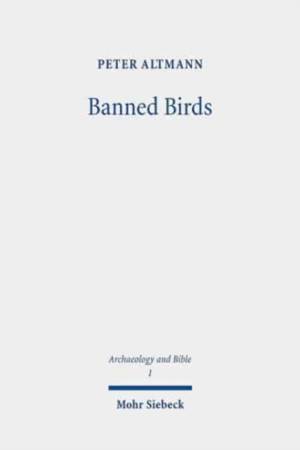
- Afhalen na 1 uur in een winkel met voorraad
- Gratis thuislevering in België vanaf € 30
- Ruim aanbod met 7 miljoen producten
- Afhalen na 1 uur in een winkel met voorraad
- Gratis thuislevering in België vanaf € 30
- Ruim aanbod met 7 miljoen producten
Zoeken
Omschrijving
The dietary prohibitions in Leviticus 11 and Deuteronomy 14 represent one of the most detailed textual overlaps in the Pentateuch between the Priestly material and Deuteronomy, yet study of them is often stymied by the rare terminology. This is especially the case for the birds: their identities are shrouded in mystery and the reasons for their prohibition debated. Peter Altmann attempts to break this impasse by setting these flyers within the broader context of birds and flying creatures in the Ancient Near East. His investigation considers the zooarcheological data on birds in the ancient Levant, iconographic and textual material on mundane and mythic flyers from Egypt and Mesopotamia, as well as studying the symbolic functions of birds within the texts of the Hebrew Bible itself. Within this context, he undertakes thorough terminological studies of the expressions for the types of birds, concluding with possible reasons for their exclusion from the prescribed diet and the proposed composition-critical location for the texts in their contexts.
Specificaties
Betrokkenen
- Auteur(s):
- Uitgeverij:
Inhoud
- Aantal bladzijden:
- 196
- Taal:
- Engels
- Reeks:
Eigenschappen
- Productcode (EAN):
- 9783161581632
- Verschijningsdatum:
- 1/12/2019
- Uitvoering:
- Paperback
- Formaat:
- Trade paperback (VS)
- Afmetingen:
- 155 mm x 231 mm
- Gewicht:
- 340 g

Alleen bij Standaard Boekhandel
+ 271 punten op je klantenkaart van Standaard Boekhandel
Beoordelingen
We publiceren alleen reviews die voldoen aan de voorwaarden voor reviews. Bekijk onze voorwaarden voor reviews.











